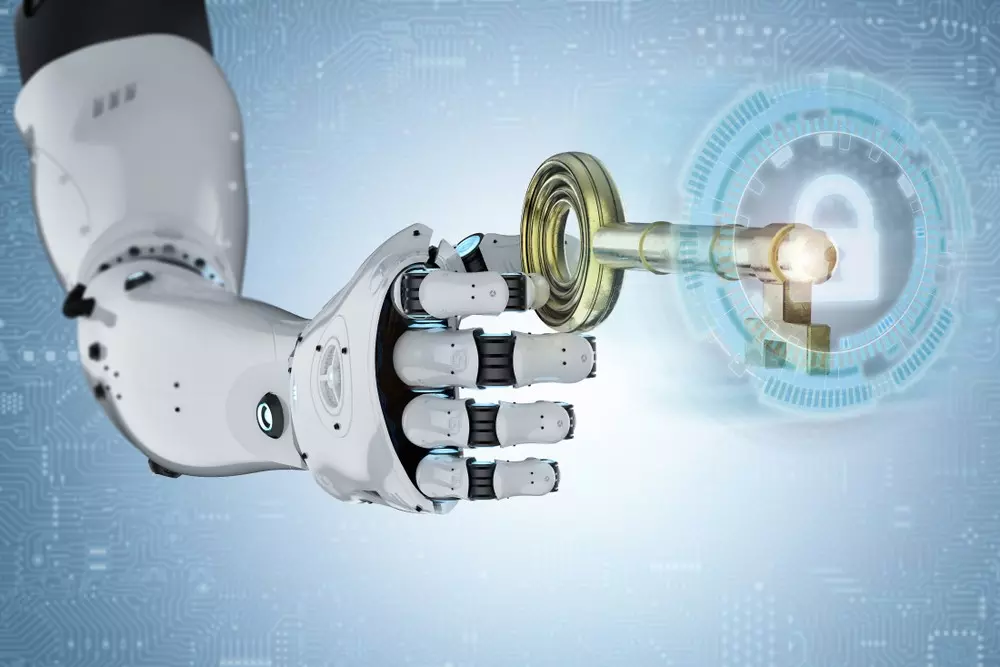Comments
- No comments found

AI models, applications and systems are not impervious to cyber-attacks.
So, organizations must make efforts to protect their AI infrastructure from such threats. A secure AI infrastructure bodes well for the future of your organization’s association with intelligent technology.
Due to its obvious list of benefits, the dependence of all types of businesses on AI has increased greatly in the last decade or so. AI’s incredible malleability translates into organizations relying on it for several different operations, often simultaneously.
Unfortunately, the heavy reliance on AI also becomes a weakness for businesses, especially when you consider the possibility of cyber-attacks that can affect their AI infrastructure. To stay clear of such attacks in your business and to put yourself at ease regarding all things AI, you can follow the ideas enlisted below:
Currently, there are no globally uniform cybersecurity compliance rules that exist to govern model development phases in organizations. Big organizations that can afford to implement AI systems in their work generally carry out the research and development in-house with their own developers and data analysts. As we know, AI models play a heavy role in an organization's overall working in the long term. Like a newborn child, AI models are extremely sensitive to any kind of knowledge fed to them during the early machine learning life cycle stages. Therefore, it is imperative for organizations to stick to self-made regulatory frameworks during model development. Guided by security-by-design principles, the regulations will include the detection of potential attack surfaces and deciding how wide they should be, the creation of IT rules to make cyber-attacks difficult to be executed and other general threat response strategies. Although building a cybersecurity compliance framework is the most important task for safeguarding your architecture, other ideas need to be followed too to ensure secure AI operations.
Businesses must safeguard the data used in the research, training, development and long-term functioning of AI-powered models and applications. As we know, data is heavily used in predictive analysis and other features of AI. To wreak havoc on this data, cybercriminals can facilitate a cyber-attack known as data poisoning. With such an attack, cybercriminals can corrupt the datasets of AI to cause damage in its decision-making abilities. That is why firewalls and other data security tools must be used in endpoint AI devices. While integrity attacks may take place even after using software or hardware applications for the same, organizations must back up the data for quick recovery in case the data in their databases get tampered with or stolen.
Finally, organizations and each internal stakeholder must deploy the best cybersecurity practices during the research, development and deployment of AI systems in businesses. Certain technical standards that dictate these best practices must be created in consultation with cybersecurity experts and firms. The ISGSAI is one of the many examples of such standards being developed around the world. Protecting the great facilitator of operations and automation in organizations should be the reason for wanting secure AI infrastructures. Once organizations can understand and ensure that up to a certain degree, AI will handle their other tasks with its trademark ease and efficiency.
Naveen is the Founder and CEO of Allerin, a software solutions provider that delivers innovative and agile solutions that enable to automate, inspire and impress. He is a seasoned professional with more than 20 years of experience, with extensive experience in customizing open source products for cost optimizations of large scale IT deployment. He is currently working on Internet of Things solutions with Big Data Analytics. Naveen completed his programming qualifications in various Indian institutes.
Leave your comments
Post comment as a guest